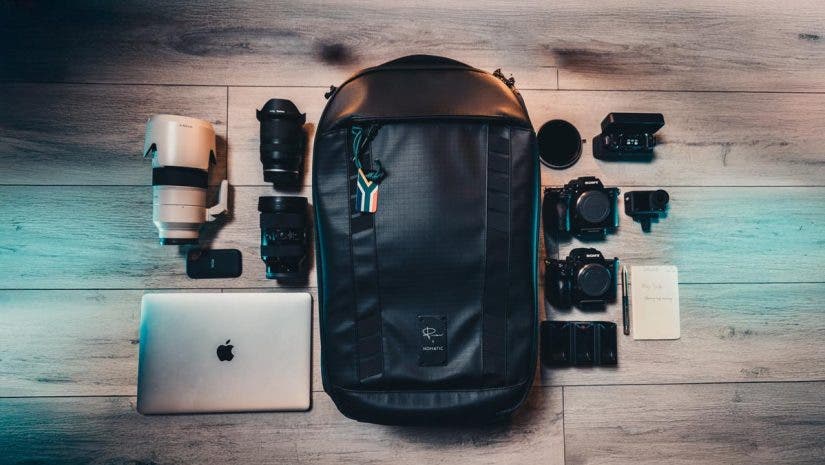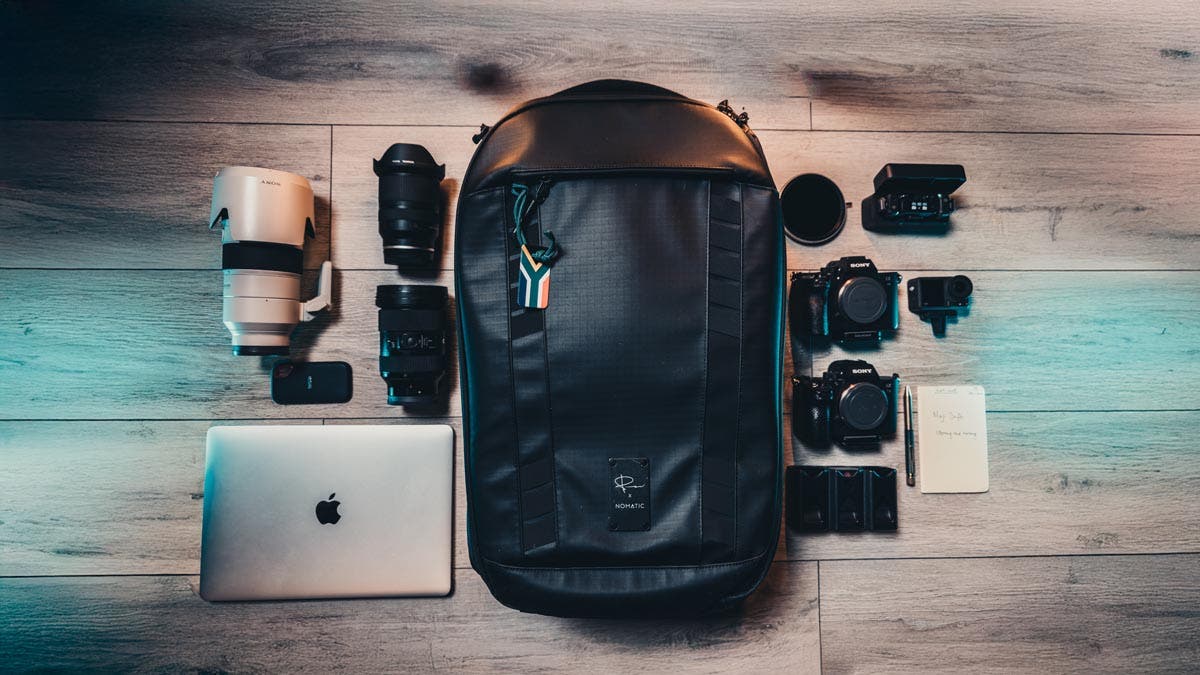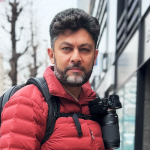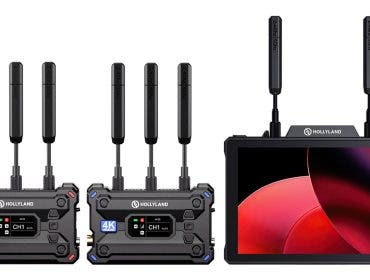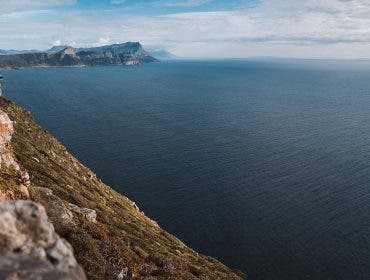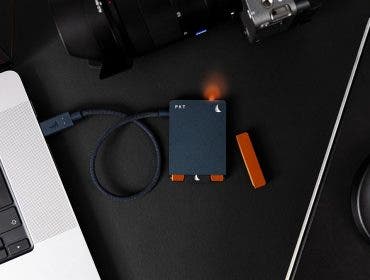“Here’s your cappuccino, Your Highness.” Siradz placed the cup before me with a flourish and bow, a weekend ritual at our favorite coffee shop. The oversized couch is our throne, and we take turns serving each other. “So tell me, what’s up?’ “I’m going to Italy next month!” I shared my international travel plans. “Go crazy and take lots of photos. And don’t forget your laptop this time!” Siradz encouraged, matching my excitement.
My mind was already racing into overdrive with everything I needed to prepare and remember.
Unlike local projects, international excursions require careful planning and preparation, as you will likely have limited opportunities to visit again.
Three Essential Phases
An international travel for photography or videography encompasses three essential phases:
- Defining the mission
- Background research
- Planning
The Mission
The guiding principle of this phase is to “Seek Clarity.” It is paramount to comprehend the purpose of your travels and the specific objectives you aim to achieve. The following exercise proves to be highly beneficial in this regard.
“As a ___, I want to ___, so that ___.”
Here are a few examples of creative, platform, and business goals (in that order):
- “As a photographer, I want to shoot portraits on the streets so that I can tell stories behind the faces.”
- “As a content creator, I want to make videos in vertical format so that I can make reels for Instagram.”
- “As a photographer, I want to photograph the Italian Dolomites so that I can print them for my clients.”
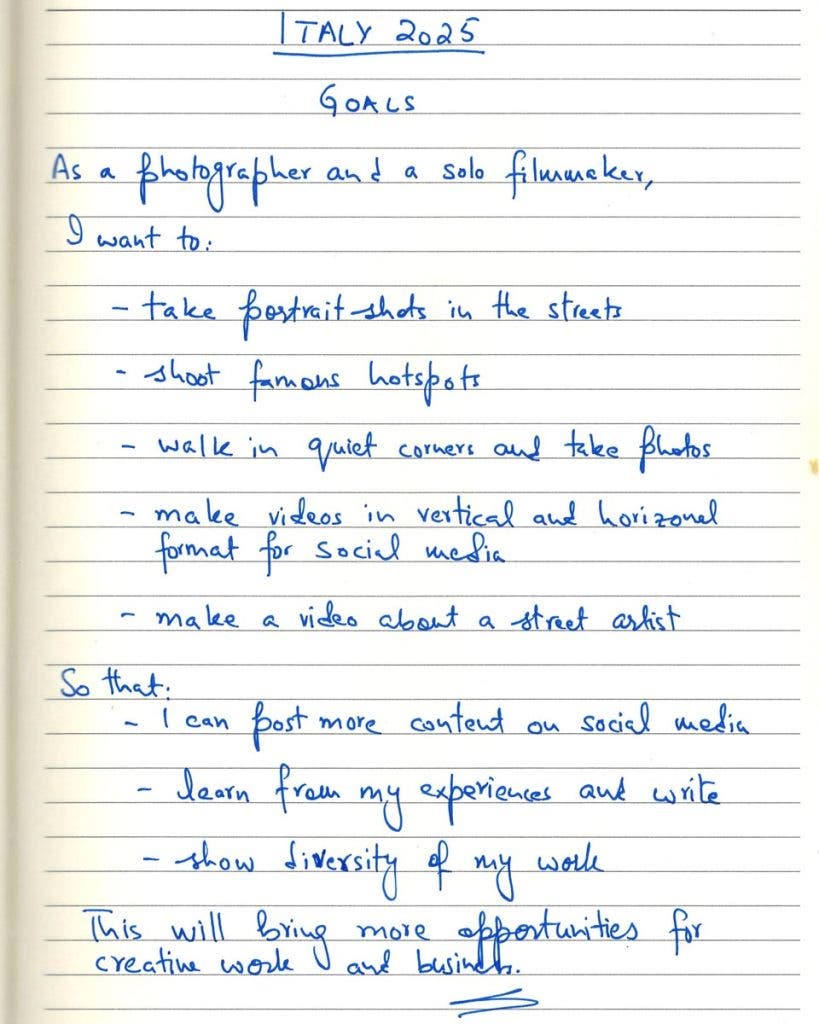
Background Research
The purpose of this stage is the following:
- Explore location(s)
- Research seasonal changes and match them to your mission’s expectations
- Assess weather conditions for the planning
- Identify times for sunrise, sunset, and shooting
- Refine photography goals within these parameters
- Gear considerations
- Connect with other photographers
It’s time to refine. Watch videos from other creators and travelers, establish connections with fellow photographers, and follow relevant Instagram hashtags to improve your understanding of various locations and stimulate your ideas and preferences. When capturing landscapes or cityscapes, it is crucial to familiarise oneself with sunrise and sunset directions and identify the optimal times to be present at the selected location. The PhotoPills app is an invaluable resource for photographers planning excursions, offering precise information regarding the sun, moon, and Milky Way positions. Make rough notes and neaten them up later.
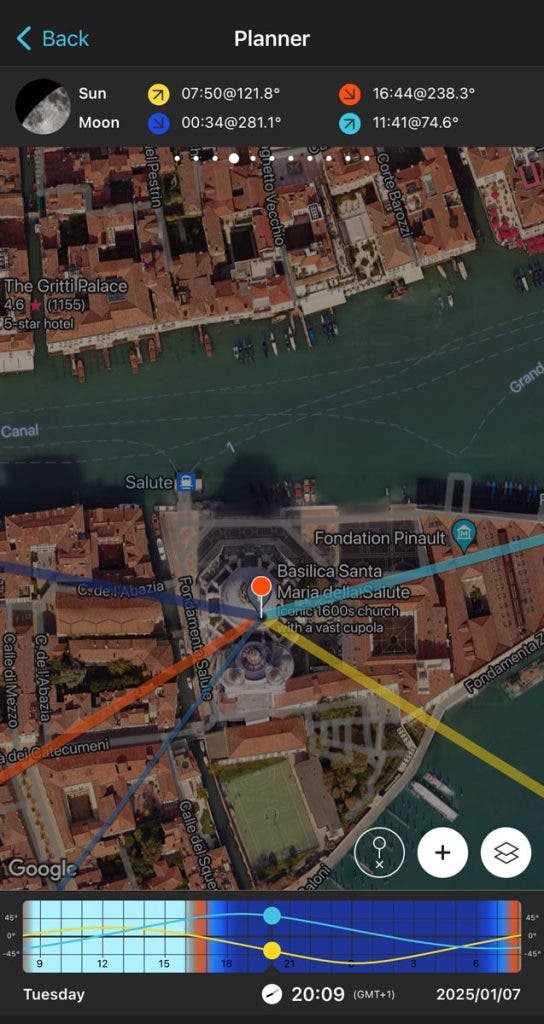
Always carefully research the predicted climate and weather. This consideration influences the selection of appropriate clothing and the necessary photography accessories. For instance, one may need to prepare a waterproof camera bag, a rain cover for the camera, an adequate supply of microfiber cloths, or access to a small towel.
Additional Travel Gear
The investigation’s results will also impact the choice of equipment. For example, consider bringing an ND filter to capture long exposures with moving clouds if the weather forecast is overcast. Will one filter suffice, or do you need your entire kit? Do you require one tripod or two? Should you opt for a sleek, smaller camera bag for crowded locations or a larger bag with more gear for extended hikes? Batteries and other gear may be affected by extreme heat or cold. Carrying more than you might think you need and/or protective cases for these items is necessary. The disappointment of my camera failing while witnessing Iceland’s aurora due to temperatures below 32 degrees Fahrenheit (0 degrees Celsius) still leaves a sour taste.
Be aware of peak tourist hours, when photographers stand side by side with their tripod legs intertwined. While it’s not always feasible, try to plan your visits when you can enjoy a location for yourself. For instance, the hotspots in Venice are almost empty at sunrise and late at night and much less crowded during sunsets. You can also discover hidden gems by allowing your curiosity to lead you to quieter corners and gain a unique perspective of the same place.
Establishing a priority order for the locations and tasks is vital. Identify the non-negotiable highest priority items. Additionally, list shots and locations to skip if time is short. Hit these locations in order of priority, and be ready to move on if the light or circumstance prevents your planned shots.
The research phase is an invaluable opportunity to lay the groundwork for your planning.
Planning
Achieving success begins with thoughtful planning of:
- Shooting schedule
- Gear
- Essential tech
- Considerations, such as permits, tickets, and logistics
It’s time to organize your rough notes, lists of locations, and priorities. The Notion app is versatile and makes it easy to manage a schedule for each day and shooting locations. Here’s a screenshot of my itinerary for three days in Venice:
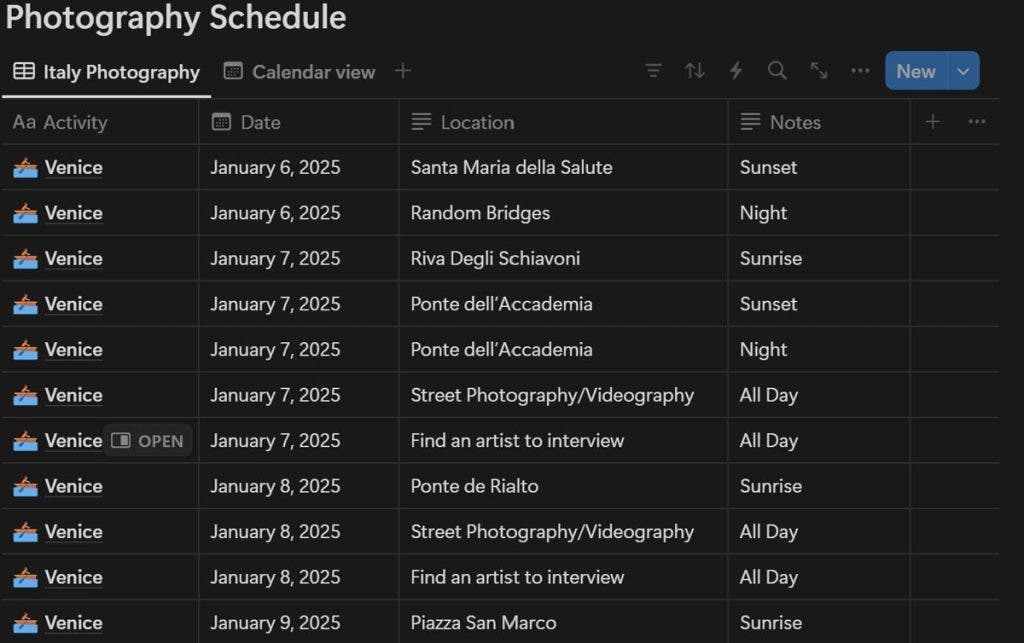
Gather your gear and do a dry run. Pack ahead of schedule as if the trip starts tomorrow. Identify the following to include and exclude:
- Camera bodies
- Lenses
- Tripods and Gimbals
- Accessories
- Essential Tech like laptops, lights, chargers, card readers, etc.
Check and double-check. You can always buy socks, but not your equipment.
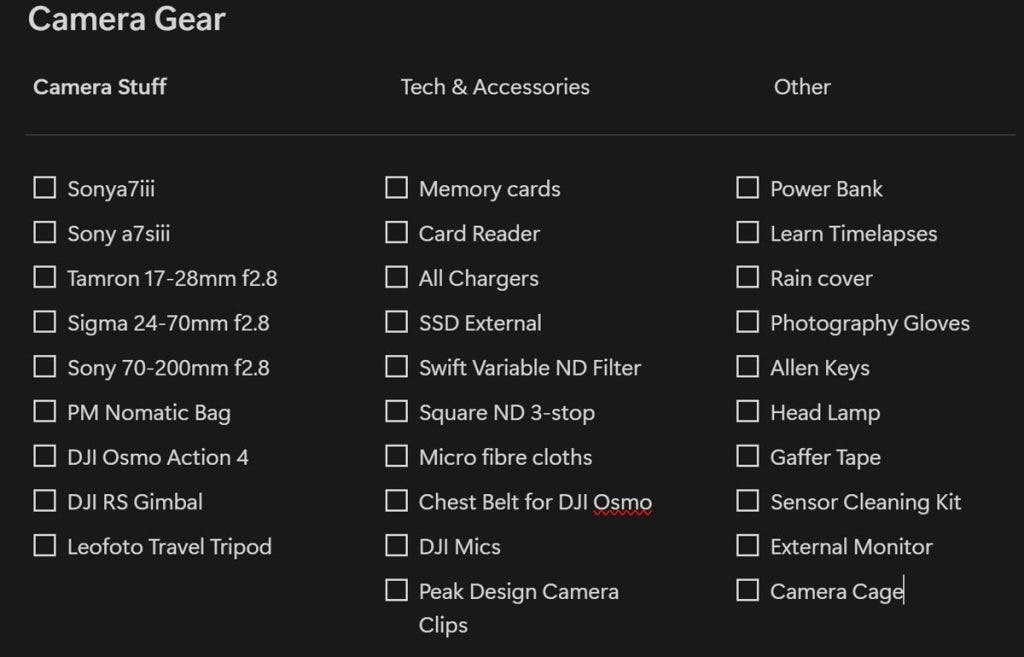
A photographer never has enough camera bags but chooses one that suits the trip. For example, choose a Peter McKinnon Camera Pack sleek Nomatic bag for crowds and airports vs. a bigger f-stop Sukha bag. The primary challenge is maintaining a minimalist approach without compromising essential equipment. The cumulative weight, in addition to your cameras and lenses, mounts up with all the additional items — extra batteries, chargers, an external SSD drive, supplementary memory cards, a card reader, cleaning equipment, a laptop, a compact travel tripod, a gimbal if applicable, filters, and the carrying bag. Travel light but smart.
Also, based on your previous expeditions, identify what went wrong and how to improve to avoid that situation again. To illustrate, in Japan, I thought buying a Peak Design Capture Camera Clip was a wise choice. However, I soon realized I needed a second one. Without the clip, my second camera often ended up tucked between my legs, on the floor, or handed to my son while I used the other one. I’ve since ordered another clip.
To drone or not to drone is the big dilemma confronting every creator. Read the country’s drone laws and respect them. Get permission in advance and register your drone if required. Companies like DJI now also make drones under 250 grams that do not require registration, so take advantage of that. Finding a local collaborator in your destination who has a drone and permit helps tremendously.
Other than accommodation, plan logistics and even a guide if your travel requires. Apps like Duolingo also help you familiarise yourself in advance with the local language to break barriers. You should be able to greet, say goodbye, thank you, and order coffee!
Don’t forget to plan appropriate clothing and footwear that may need to be specialized.
A Wish or a Plan
The French writer Antoine de Saint-Exupéry said, “A goal without a plan is just a wish.” The most crucial action is devising a comprehensive plan, preparing thoroughly, and endeavoring to implement that plan effectively. Clichéd as it is, the true success of a journey lies not in the photos you take but in the experiences you gain.
